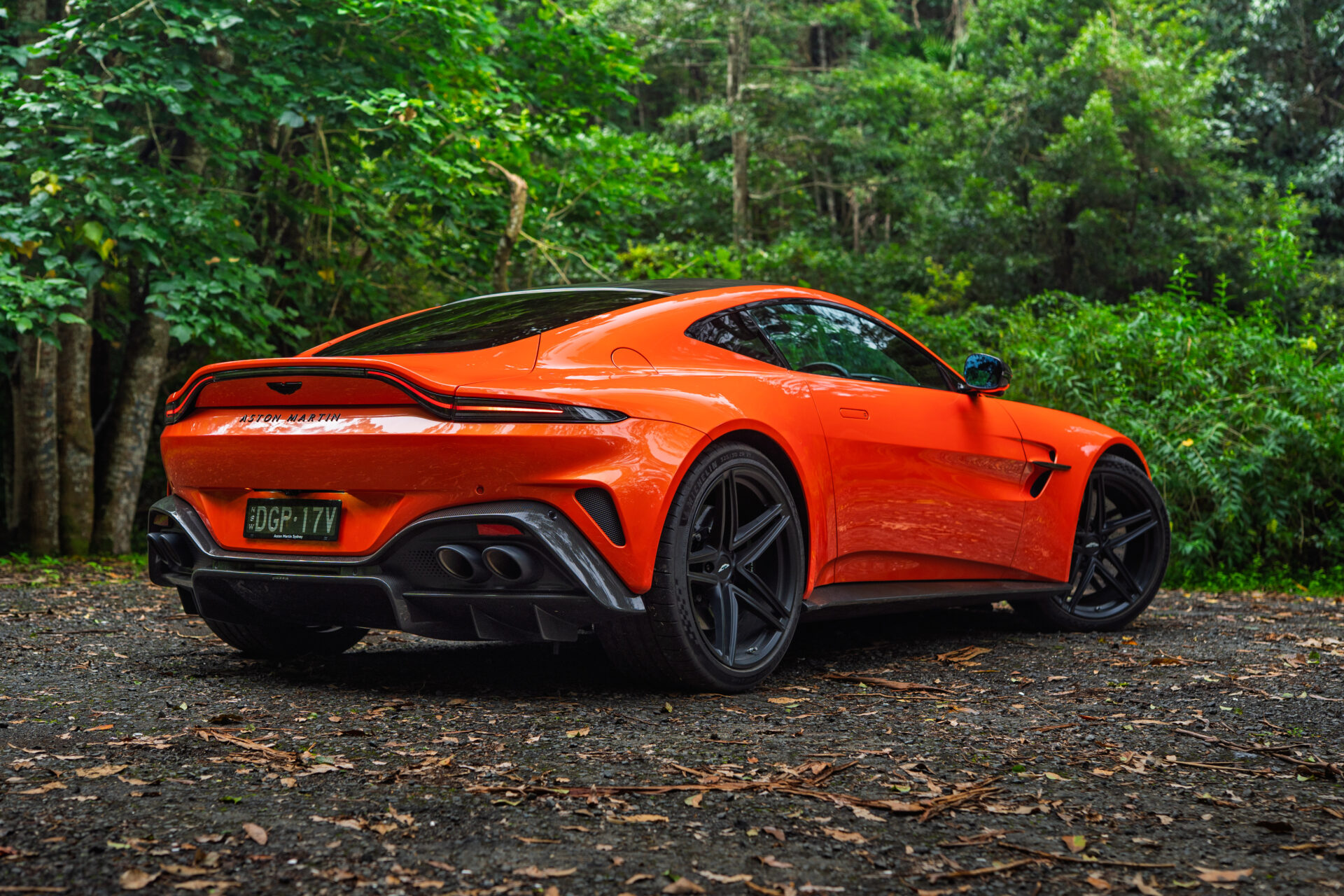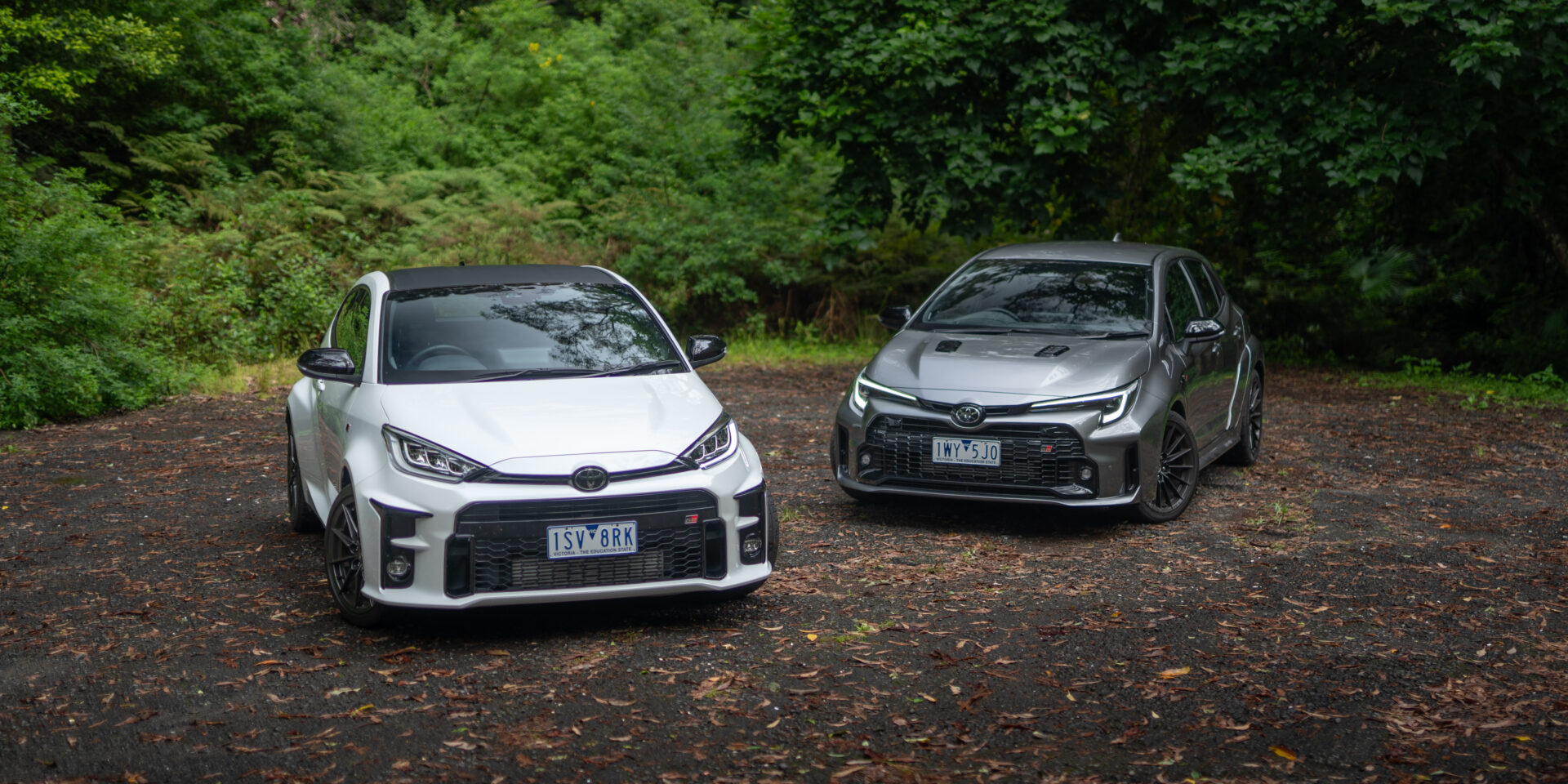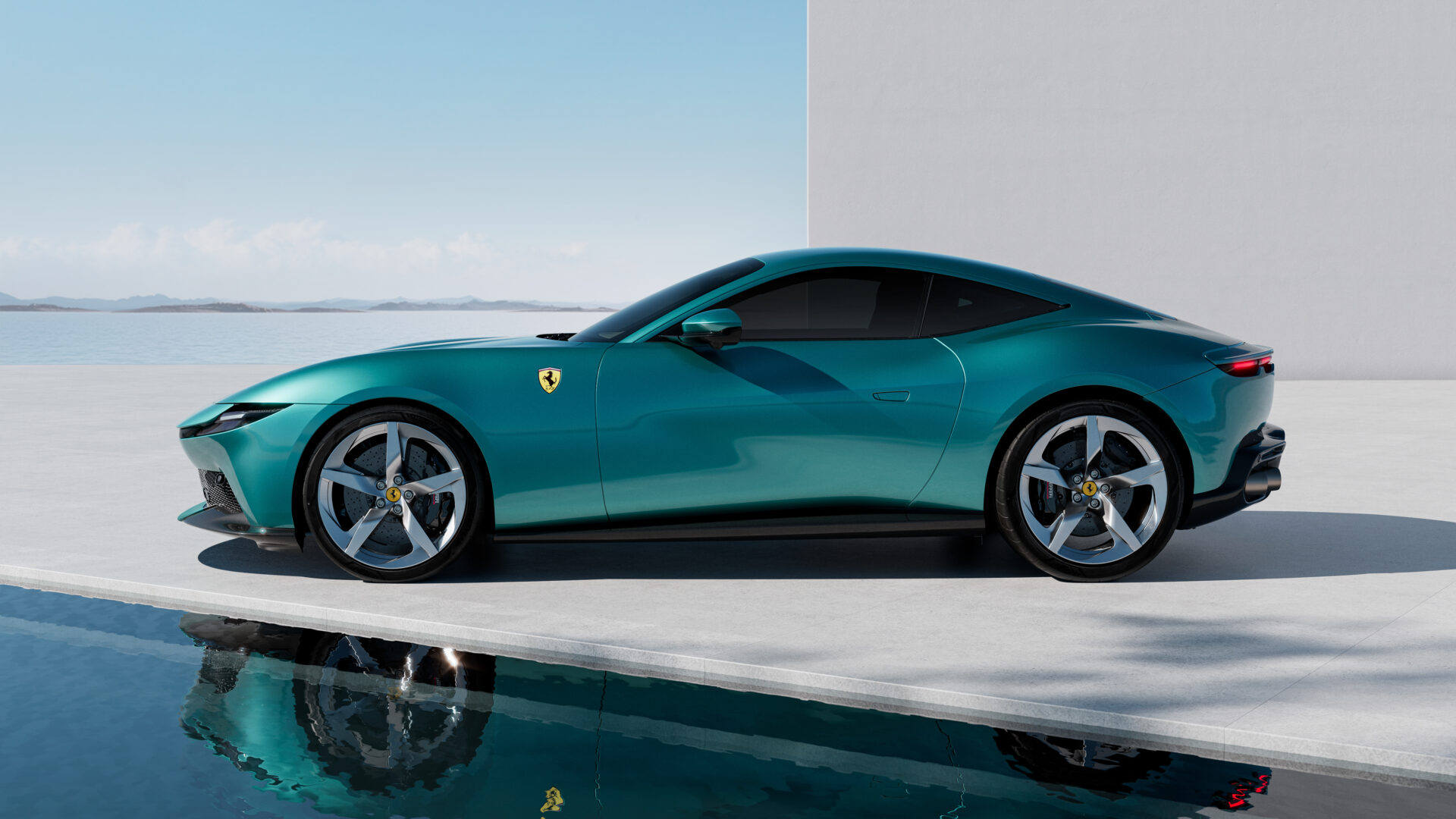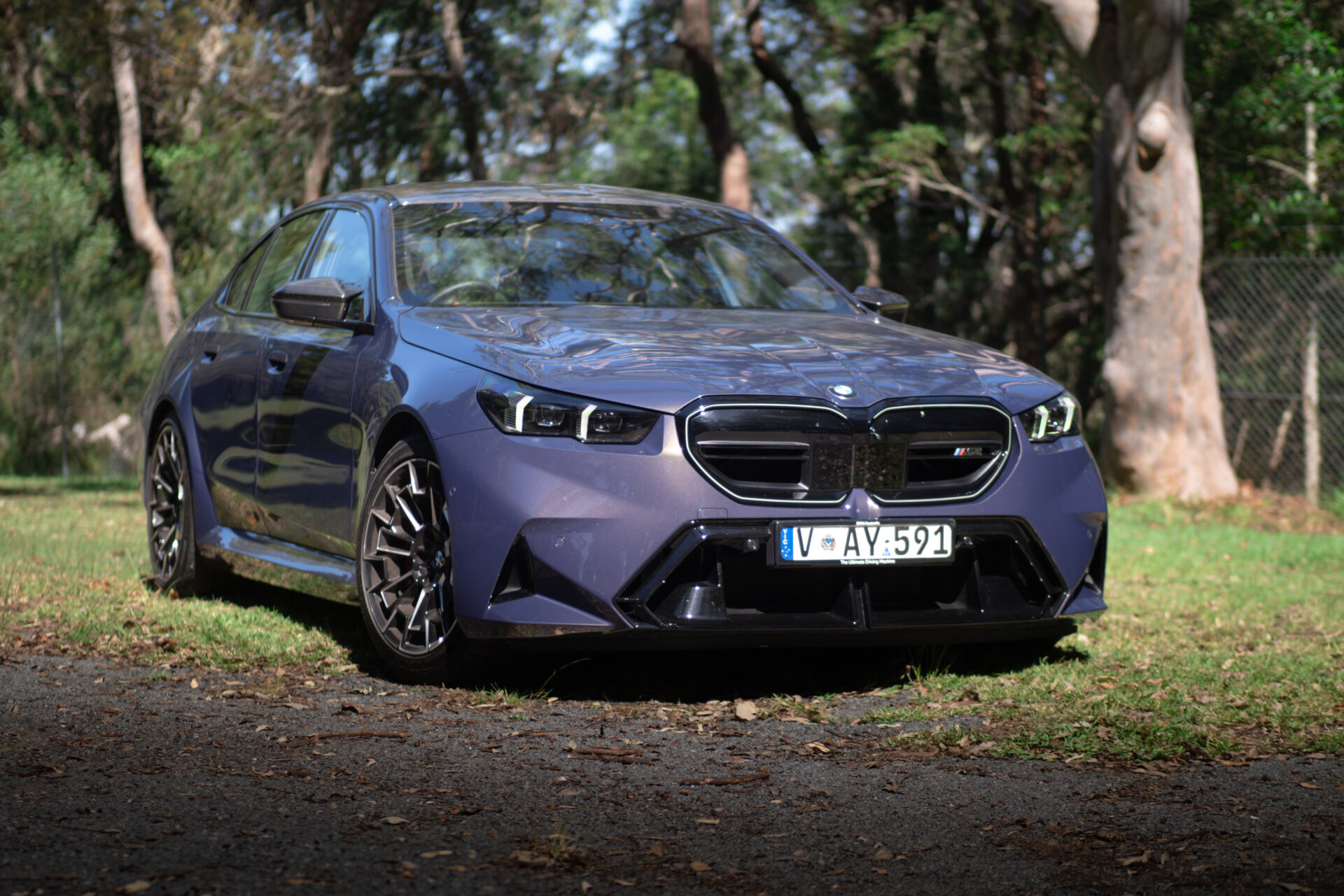2018 McLaren Senna
The 2018 McLaren Senna has been unveiled – with a 4.0-litre twin-turbo V8, 800hp and 800Nm, it will be blindingly fast and earn its Ultimate Series tag.
The McLaren Senna is the newest of the British car maker’s Ultimate Series, following on from the P1. Billed as a road-legal track car, it weighs a claimed 1198kg (dry weight), lighter than most small hatchbacks and a fair bit lighter than the P1 and the lightest McLaren since the F1.
The production run will be limited to just 500 units and will come down the same assembly line as the rest of the McLaren range. And they’re all sold.
The predictably purple press release says that the Senna is “legalised for road use, but not sanitised to suit it.” Quite.

What is it?
The McLaren Senna is third model introduced under McLaren’s Track22 business plan and part of the top shelf Ultimate Series. Track22 will see X number of models introduced over the next few years and help build the McLaren Automotive’s volumes. The company has already blown by Lamborghini (although that might soon change with the Urus) and is rapidly catching Ferrari.
The car is named after multiple Formula 1 world champion Ayrton Senna. The Brazilian won his world championships – and built his legacy – at the wheel of Woking’s finest. A sometimes-controversial figure, he died at the wheel of his Williams FW16 at the 1994 San Marino Grand Prix while in pursuit of Michael Schumacher’s Benetton.
The Senna name is inextricably linked with McLaren and the company’s racing ethos is bound up in much of what the man himself said about racing. He was a fairly complex chap and is still revered by F1 fans more than two decades after his death.
“You commit yourself to such a level where there is no compromise. You give everything you have; everything, absolutely everything.”
Ayrton Senna
The decision to call the car Senna wouldn’t have come about in an afternoon – his family fiercely protects the name. You can’t slap the iconic Senna logo on just anything.
It probably doesn’t hurt that Ayrton’s nephew, Bruno Senna, is a McLaren ambassador, but it still wouldn’t have been easy. McLaren really believes the car is worthy of the name and is at great pains to explain why. Convincing the Senna family would have meant not only lots of talk, a few runs in the prototype and most likely a sizeable portion of each car’s £750,000 (around US$1m) price tag going to the late driver’s charitable foundation.
Styling

This car is wild. It’s almost like Rob Melville’s team sent the images down a modem line and cut the transmission – none of the lines join up and it is more than a little reminiscent of a WEC racer without some of the panels fixed on.
It’s all about aero and cooling and it’s kind of a naked version of the 720S – you can see where the air flows through the car and around the teardrop cockpit shape.
The styling is linked to the 720S, with that evocative and striking eye socket for the headlights. McLaren’s signature dihedral doors are made purely of carbon fibre (Sports and Super Series cars have aluminium skins) and open up a huge (for this kind of car) aperture. The wide opening is handy because getting in and out is hard with a helmet on. And yes, they’re a bit like the BMW i8’s doors.
Like the iconic F1, the windows are split, with a small lower section that opens so you can pay the Norschleife toll but not so wide you can swing by McDonald’s. As the door is a frame, you can specify the lower half in glass for that cockpit bubble feeling. Which continues with the door releases and window switches, which are built into an overhead console.
There isn’t much else inside – the 720S’s nifty folding digital dash makes a welcome appearance as does its central console screen. What McLaren calls “visual carbon fibre” (i.e. it’s just decoration) is prominent in the cabin and you can choose from Alcantara or leather to cover the dash and airbags. Apart from that, it’s bare bones, so perhaps ask for a set of ear plugs at the dealer.
The boot has been gobbled up by moving the radiators towards the centreline of the car, so there’s just space for helmets in the cabin.
Engine and transmission

The Senna runs McLaren’s twin-turbo V8, pumped up from the Sports Series 3.8-litres to 4.0 litres. Codenamed M840TR, it develops a monster 575kW and drives just the rear wheels through the company’s seven-speed twin-clutch transmission. The gearbox will want to be strong – with 800Nm (590lb ft), there’s quite a bit of twist to deal with.
McLaren says the two twin-scroll turbos are “ultra-low inertia” and fitted with electric wastegates. The latter is meant to improve throttle response (some people call it anti-lag) – if the 720S is anything to go by, the lag should be virtually non-existent.
The technical highlights include a flat-plane crank and a dry sump, meaning engineers could mount the engine as low as possible
McLaren’s gearshift is a rocker system, meaning you can operate the gearshift with two hands or just one – you can push or pull. In the Senna, you’ve got bigger carbon fibre paddles that can be used with or without gloves.
Just for comparison, the Super Series 720S, revealed in 2017, boasts 720PS and is heavier than the stripped out Senna.
Chassis

The 720’s tub, Monocage III, provides the basis for the Senna. A super-strong carbon monocoque that weighs less than the average human male (around 80kg) forms the basis of the technical platform.
McLaren’s second-generation RaceActive Chassis Control (RCC II) makes an appearance on the Senna. Coupled with the hydraulic steering (oh, yes, it’s worth all of the extra weight), McLaren says “the car feels fully ‘alive’ well below its upper limits” which is a fun way of saying it’s going to be completely hyper.
Hydraulically-interconnected electronic dampers work with double wishbones front and rear and hydraulic anti-roll bars. All of that gear means not only can the stiffness change but so can the ride height.
Dual valve dampers allow for independent control of compression and rebound. Ride stiffness is controlled with a kinetic roll system McLaren calls the K-damper.
Drivers can choose between three settings through the now-familiar Active Dynamics Panel – Comfort, Sport and Track. The fourth mode – Race – activates from the roof mounted central console.
Race mode drops the ride height to a less road-friendly but track-loving level, the same going for the suspension stiffness.
Power to weight is a seriously impressive 668PS (491kW) per tonne. That’s better than the comparatively chubby P1 which weighed in at 1395kg dry. Some of the weight savings come from the carbon panels – the front wings are just 650g versus the 720’s 2.2kg aluminium units.
Aerodynamics

Looking at the Senna, you can see that aero, rather than smooth lines, has taken a front seat. It looks like someone has taken a vegetable peeler to the 720S. The gigantic double diffuser sucks the car to the road and is made from a single piece of carbon, stretching from the rear axle.
The radiators now live further inboard than on the 720. That means there’s no boot, but the aero path from the “socket” is now clear.
A twin-element carbon fibre wing hangs off the rear. It measures a whopping 1219mm from the ground when the car is stationary. Like the P1, hydraulic actuators tweak the wing to keep it at the right attack angle, settling the car under braking. As you’re approaching VMax, it trims the car to make it as slippery as possible.
When you switch to Race mode, the 50mm drop in ride height boosts downforce by a startling 40 percent.
Wheels Tyres and Brakes

McLaren has gone for carbon-ceramics for the Senna, there was no other choice, really. You can’t choose your wheels or tyres, at least not at the factory. The lightweight 19-inch alloys fix to the chassis with a centre-lock system. That will be interesting – some jurisdictions ban that type of carry-on but McLaren says it will available in all its current markets.
The tyres are likely to be fairly marginal for road use. Pirelli developed a set of P-Zero Trofeo R tyres for the Senna. That means you can drive to the racetrack you’re intending to use to ruin those tyres. No mention of driving home again, so that makes sense…
When?
The car will make its public debut at the 88th Geneva International Motor Show in March 2018. Production will begin in the third quarter of 2018. Expect a bit of noise around the 2018 Goodwood Festival of Speed.
https://www.youtube.com/watch?v=rBTBlt3pLVo[/embedyt]





Leave a Reply